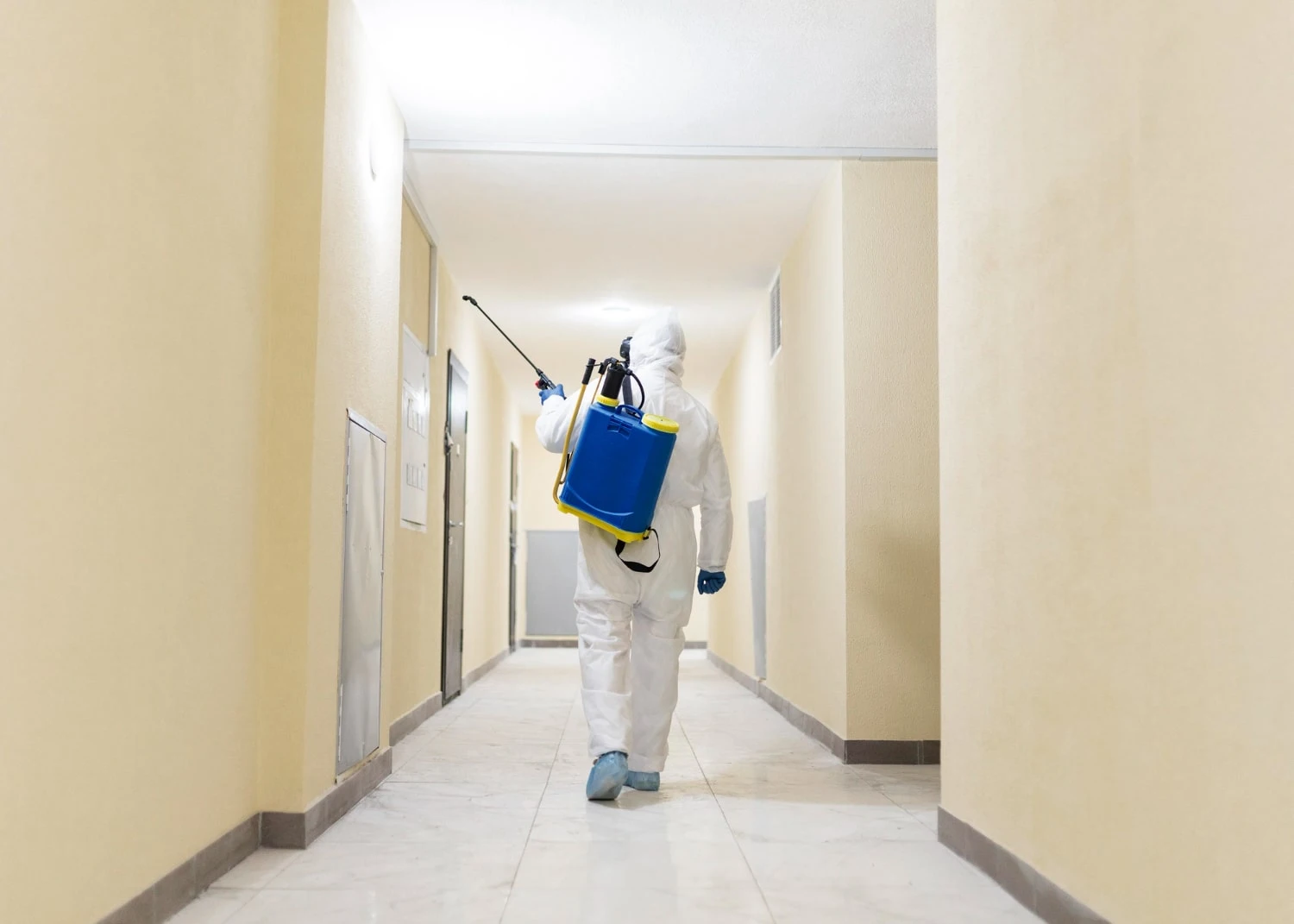As Australian homeowners, we often face the challenge of dealing with a variety of common household pests. These uninvited guests can cause damage to our property, pose health risks, and create an uncomfortable living environment. Having the knowledge and tools to identify and prevent these pests from infesting our homes is essential in maintaining a safe, comfortable, and pest-free space for ourselves and our loved ones.
In this guide, we will examine the most common household pests encountered in Australia, including termites, ants, rodents, spiders, and more. We will provide helpful tips on how to identify each pest, understand their behaviour patterns, and recognise the potential damages and health risks associated with their presence. Furthermore, we will delve into practical preventative measures and control methods to help you maintain a pest-free home and protect your property from potential damage.
We will also discuss the importance of engaging professional inspection and pest control services in ensuring the thorough evaluation and treatment of any existing or potential pest problems. By partnering with experienced pest control professionals, you can efficiently safeguard your home, secure your investment, and enjoy peace of mind, knowing your living environment remains protected from common household pests.
Join us in exploring how to effectively identify, prevent, and manage infestations of Australia’s most common household pests, ensuring that your residential property remains a comfortable, safe, and appealing space for you and your family.
Most Common Household Pests in Australia
Australia is home to various creatures, and unfortunately, some of them can make their way into our homes. The most commonly encountered household pests in Australia include:
1. Termites: These destructive pests are responsible for millions of dollars in property damage each year, feeding on wood and other cellulose-based materials.
2. Ants: While many ant species can nest outdoors, some types, such as carpenter ants and sugar ants, can become household pests, causing damage and contamination in your home.
3. Rodents: Rats and mice are notorious for spreading diseases and causing structural damage, as they can gnaw on electrical wires, insulation, and wood.
4. Spiders: Although most Australian spiders are considered harmless, some venomous species, such as the redback spider and the white-tailed spider, can make their way into our homes and pose a danger.
5. Cockroaches: These resilient insects are known for contaminating food sources and spreading bacteria, leading to potential health problems for your family.
Tips for Identifying Each Pest and Understanding Their Behaviour Patterns
Understanding the identifying features and behaviour patterns of these common household pests can assist you in detecting potential infestations in your home:
1. Termites: Look for signs such as mud tubes, hollow-sounding wood, and discarded wings. Termites live in highly organised colonies and are known for their ability to consume wood at an alarming rate.
2. Ants: Most ants are easily identifiable by their distinct segmented bodies and social behaviour. They often establish trails between their nests and food sources, making it easier to locate their colonies or entry points into your house.
3. Rodents: Droppings, gnaw marks, and a distinct odour are tell-tale signs of rodent infestations. Rats and mice are nocturnal creatures, so you may also hear scurrying noises during the night.
4. Spiders: While many spiders are harmless and help control other insect populations, venomous spiders such as the redback or the white-tailed spider should be treated with caution. Identifying these potentially dangerous spiders involves looking for distinct markings and colourations.
5. Cockroaches: Physical appearances and behaviours like nocturnal activity or the scattering of nymphs when disturbed can help identify various cockroach species. Additionally, they often leave dark droppings, egg casings, and a distinctive smell.
Potential Damages and Health Risks Associated with Various Pests
Different types of pests pose unique risks to your property and well-being:
1. Termites: Capable of causing significant structural damage to your home, termites can compromise your property’s integrity and even lead to collapse in severe cases.
2. Ants: While many ants are harmless, some species can cause structural damage (such as carpenter ants) or contaminate food sources, resulting in potential health issues for your family.
3. Rodents: Rats and mice can contaminate food, spread diseases like leptospirosis, and damage electrical wires, leading to potential fire hazards.
4. Spiders: While most spiders simply cause a nuisance, venomous species can pose a danger to your family’s health, with bites requiring immediate medical attention.
5. Cockroaches: Known carriers of harmful pathogens, cockroaches can contribute to asthma symptoms, food contamination, and can trigger allergies in some individuals.
Preventative Measures and Control Methods for Different Types of Pests
Implementing various preventative measures and control methods can help keep your home pest-free:
1. Termites: Schedule regular professional inspections, ensure adequate drainage around your property, and remove wood-to-ground contact to reduce the risk of termite infestations.
2. Ants: Seal potential entry points, maintain a clean and clutter-free home, and store food securely to discourage ants from being attracted to your property.
3. Rodents: Seal gaps and holes both in and around your property, store food securely, and maintain overall cleanliness to deter rodents from nesting in your home.
4. Spiders: Keep your home clutter-free, seal cracks and gaps, and ensure windows and doors are well-fitted to minimise potential entry points for spiders.
5. Cockroaches: Maintain a high level of cleanliness, store food securely, and repair water leaks to prevent cockroaches from obtaining the food, water, and shelter they need to thrive.
Importance of Professional Inspections and Pest Control Services
Enlisting the help of professional inspections and pest control services is essential in maintaining a pest-free home:
1. Expertise: Professional inspectors possess the skills and knowledge to thoroughly inspect your home and accurately identify any pests or potential issues.
2. Effective Treatment: Equipped with advanced tools and techniques, pest control experts can provide comprehensive and effective treatment for pest infestations.
3. Ongoing Support: Regular inspections and ongoing advice from pest control professionals can help you maintain a pest-free home in the long term.
Conclusion
A comprehensive understanding of Australia’s common household pests, coupled with effective preventative measures and professional support from C & W Services, can help you maintain a comfortable, safe, and pest-free home. By staying proactive in your efforts to identify and control potential pest issues, you can ensure your property remains a welcoming and enjoyable space for your family and friends. Contact us today to learn more about our pest inspections in Yeppoon.



